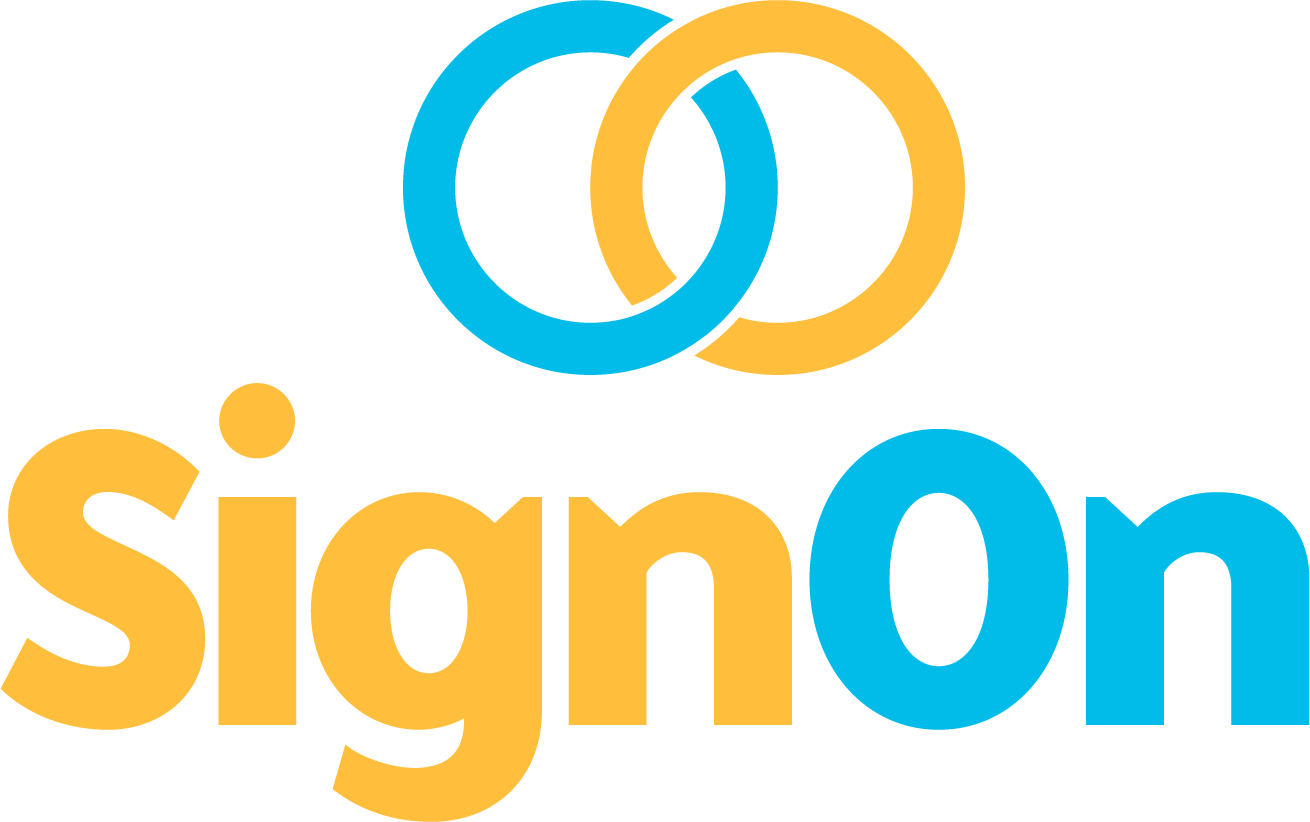Validity of ASL Resources
You’re interested in learning American Sign Language, so naturally you look up many websites, join some Facebook Pages, watch YouTube videos and the like; all for learning to sign. But how can you tell if a resource is “real”? Here are some things to check for:
Commonality
Check to see if a sign is similar across various resources, i.e. dictionaries and ASL books. There will be some variations due to regional signs, but the common signs such as “please” and “thank you” are pretty standard. The sign for “Please” is a flat hand circling the middle of the chest – but there’s a YouTuber incorrectly “teaching” the sign up on her shoulder.
“Deaf-Friendly”
Explore the resource thoroughly. Are they “deaf-friendly”? This means that the site actually supports and understands Deafness and Deaf Culture.
Deaf-Friendly words:
-
Deaf
-
Hard of Hearing
-
Hearing Status
-
Deaf Culture
-
Deaf Gain
-
Signs ASL, (not speaks ASL)
Audist & Outdated words:
-
hearing disability
-
hearing impaired
-
suffering from
-
need to be fixed
-
speech & listening therapy

